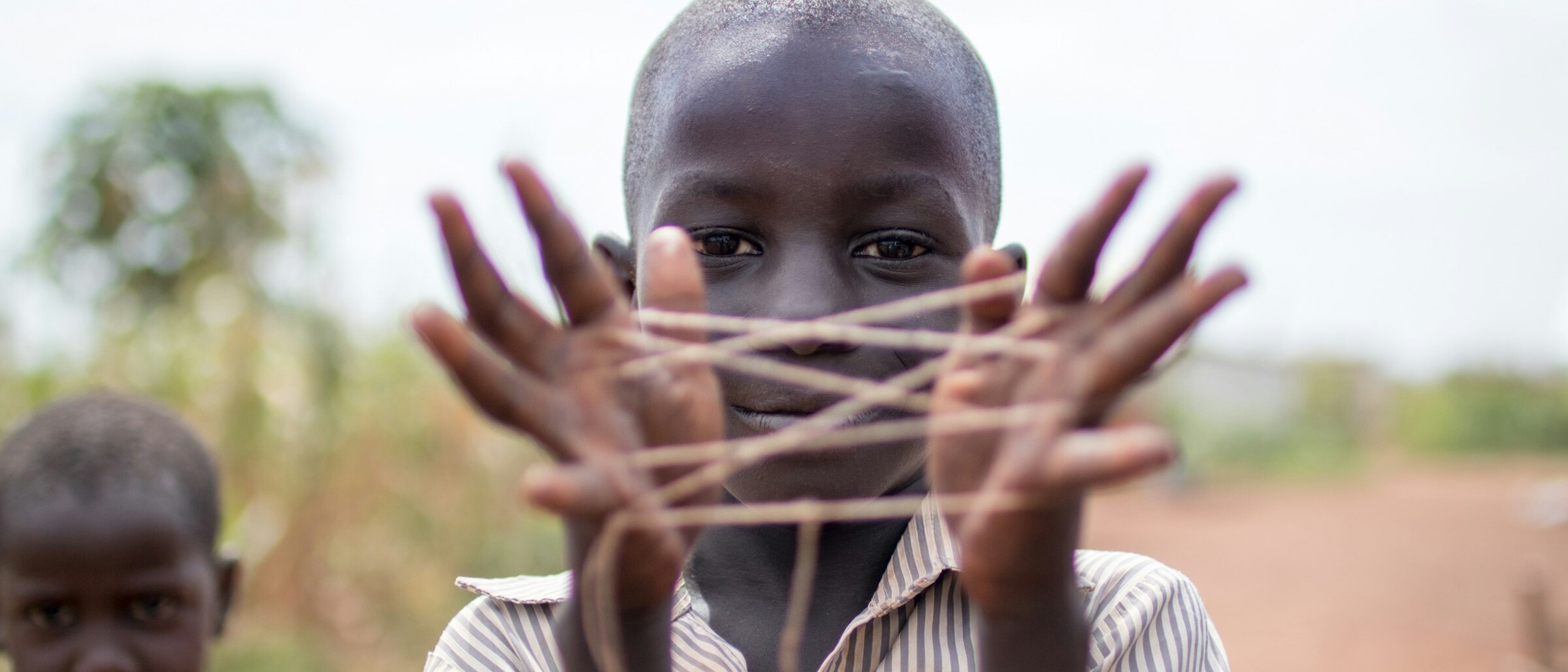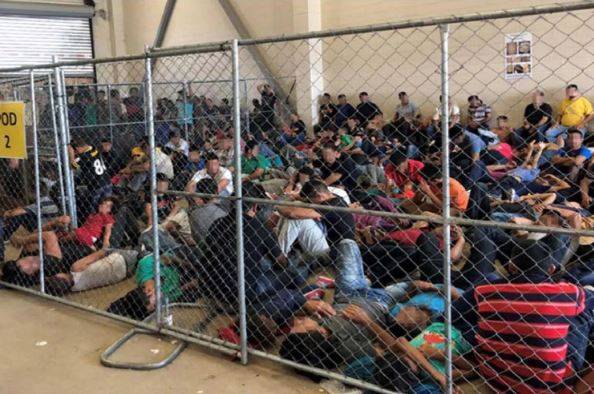It’s time to break down common myths around immigration detention and alternatives

Stories are powerful. The stories we tell ourselves – as individuals, societies and cultures – shape how we see the world. And when those stories become entrenched in our public discourse, they take on a life of their own – swaying policy decisions and impacting people’s lives.
That’s why it’s so important to challenge accepted narratives and ensure policy is based on evidence. And this is particularly the case for immigration detention – a contentious, politicised and profoundly misunderstood issue.
Immigration detention is the practice of imprisoning, detaining or otherwise restricting the freedom of a person while they await decisions on their right to stay and live in a country. It exists in many countries around the world, affects huge numbers of people, and is often touted as a necessary evil to manage migration – but this is just one of the many myths surrounding immigration detention.
It’s time to demystify the misconceptions and shed light on the realities of immigration detention. Let’s take a look.
1. Myth: Immigration detention only affects a small number of people

We don’t know exactly how many people are in immigration detention around the world – this is an opaque policy area lacking accurate data. Many governments don’t share numbers, so there are no exact statistics. However, we do know that vast numbers of people are currently imprisoned, and millions more are at risk of being sent to immigration detention in any given year.
And detention doesn’t only affect the people who are detained; it also has consequences for families and communities who lose parents, children, breadwinners and friends.
2. Myth: People in immigration detention have done something wrong
There’s a widespread assumption immigration detention is a punitive measure for unlawful actions, but that’s not usually the case. Most people in immigration detention are simply caught in the complexities of immigration processes.
In most countries, people in immigration detention actually have fewer safeguards and protections than people in criminal detention. They have no lawyer, no trial and no idea when they’ll be released.
3. Myth: Children are never imprisoned in immigration detention
The detention of children in immigration facilities is a disturbing reality.
Thousands of children are detained annually, violating international child protection standards which state that immigration detention breaches children’s human rights and is never in the best interest of the child. These children, some still babies, are often separated from their parents and communities, and held in harsh conditions. IDC’s own research has shown the devastating impact of detention on children’s health, happiness and development.
4. Myth: People are never in immigration detention for long
Some people are held in detention for a short time, but others wait for much longer – sometimes months, sometimes years. In fact, many countries have no limit on how long people can be imprisoned in immigration detention.
If a person is stateless – meaning that no country recognises them as a citizen – or has no identity documents, they can languish in detention facilities indefinitely. And in some countries a lack of resources makes it hard to arrange deportations, so people can spend many years in detention with no prospect of freedom in sight.
5. Myth: Conditions are very comfortable
The idea that people in immigration detention live lavishly at the expense of the state is widespread; it’s also false. Repeated investigations into immigration detention facilities around the world have exposed the harsh conditions detainees face.
People are often held in prisons, police stations, airports, hotels, ships and makeshift camps.
In the United Kingdom, immigration detention centres have been criticised for their prison-like conditions, poor ventilation and inadequate mental health care. And in the United States, a class action lawsuit has brought attention to “horrific, inhumane, punitive, and unlawful conditions” in immigration detention centres, including the misuse of solitary confinement.

6. Myth: It's the cheapest option for taxpayers
Immigration detention is extremely expensive – some governments spend billions of dollars propping up this inhumane and ineffective system. The work is often outsourced to private companies and is a multi-million dollar industry.
In both the UK and the US, the average daily cost to hold one person in immigration detention is currently between $130 and $150. Over the course of a year, that adds up to approximately $50,000 USD per person; and in Australia, that figure is $400,000 USD.
7. Myth: Immigration detention is a deterrent
There is little evidence to suggest that immigration detention acts as an effective deterrent. In fact, the Migration Policy Institute notes that factors such as war, persecution and poverty are simply more powerful motivators for migration than the threat of detention.
8. Myth: Immigration detention is totally legal
International law states that countries should only use immigration detention as a last resort and use alternatives instead. International law also prohibits the detention of children for immigration-related reasons, but many governments still choose to imprison migrants and refugees by default, instead of using non-custodial options.
9. Myth: Having migrants and refugees living in the community is bad for society
Migrants and refugees are often key contributors to economic growth and cultural diversity in their host countries.
An analysis of 30 years of data from Western Europe suggests that refugees and migrants benefit their host nations’ economies within five years of arrival. A separate report found that migrants in the U.S. paid over $400 billion in taxes and held substantial spending power. Meanwhile, research in South Africa found that immigrants have a positive impact on jobs and wages, with each immigrant worker generating two jobs for South African citizens.
10. Myth: There are no alternatives to immigration detention
It doesn’t have to be this way. There are practical, workable alternatives to detention that are kinder, cheaper and more effective. Instead of being imprisoned, people could simply live in the community while their case is processed. During this period, they could work or go to school, and access support services, such as legal aid or a dedicated case worker.
An independent study found that the United States could save over $1.44 billion of its $2 billion detention budget by using alternatives; meanwhile, in Australia, the daily per/person cost of immigration detention is 98% higher than alternatives.
And it’s not just about the money; research shows that people are less likely to abscond when their basic needs are met, and they’re more willing to accept the decision on their case, even if it’s not in their favour. This leads to fewer people appealing or trying to enter the country again, which helps reduce strain on immigration systems. A review of pilot programs in Bulgaria, Cyprus and Poland also found that community support and case management positively affected participants’ wellbeing and resilience.
There’s no question that alternatives to detention are better for everyone: from taxpayers, to policymakers, to migrants and refugees. It’s time to change the narrative around immigration detention. It’s time to close the gap between myth and reality.
